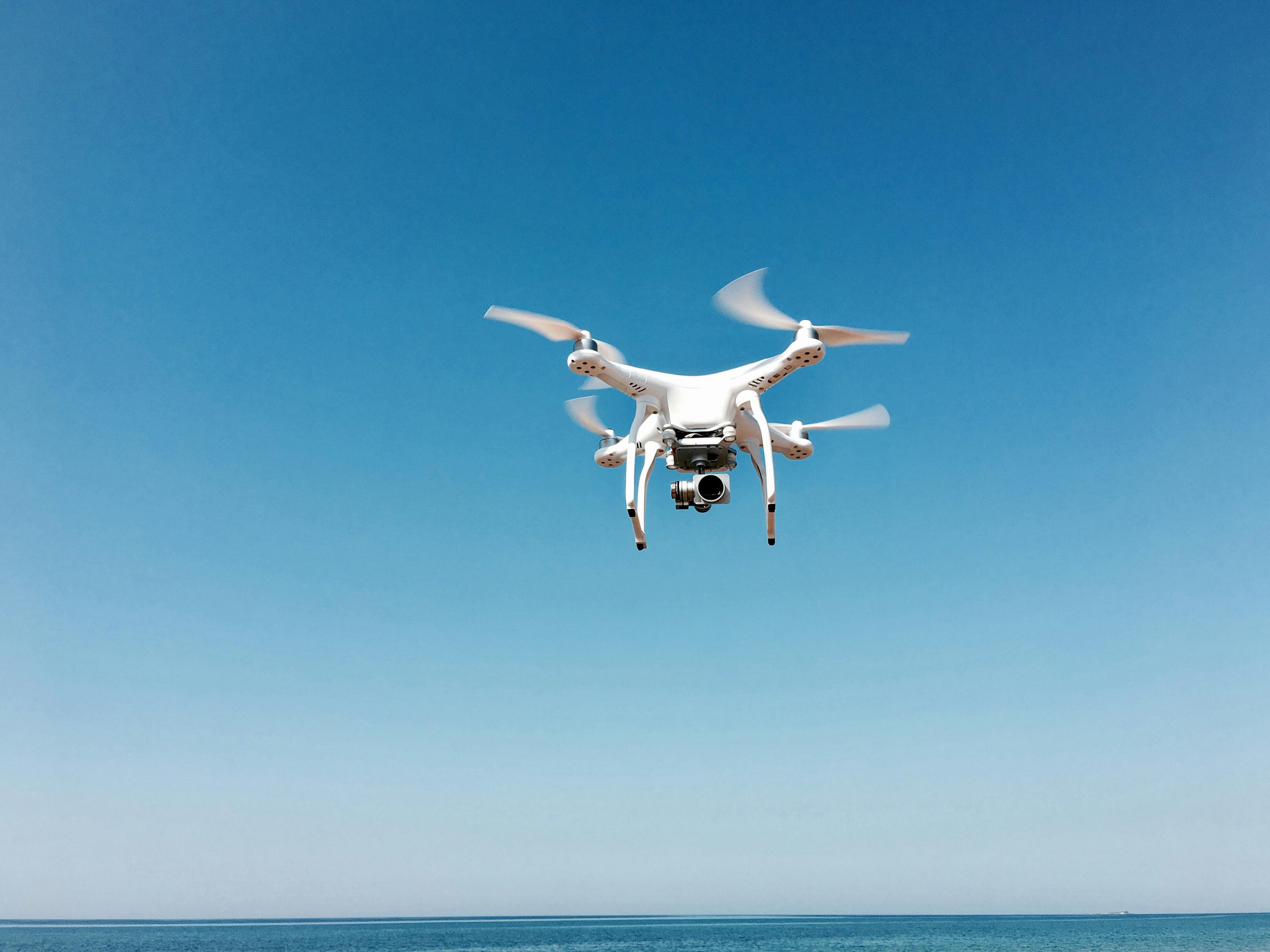With many of the latest big-budget movie releases available in 3D, and everyone talking about the 3D future of television, many eyes are starting to turn to 3D hologram projections… without the glasses!
Where does this technology originate from?
3D holographic projection technology is loosely based on an illusory technique called “Peppers Ghost” and was first used in Victorian theaters in London in the 1860s. Pepper’s Ghost was typically used to create ghostly figures on stage. Hidden from the view of the audience, an actor dressed in a ghostly costume would stand in front of an angled plate of glass. The audience could see the glass, but not the actor directly. Lighting at a specific angle would reflect the actor’s image on the glass plate, a transparent ghost like reflection would appear in front of the audience. Cutting or dimming the lighting could also increase the ghostly effect.
How is this technology used today?
Using the latest HD projectors, CGI animation, specialized HD film techniques, and special effects created in post-production, Pepper’s Ghost technology has been brought up to the 21st century. Instead of a real object or reflection of a person appearing on a plate of glass, high-definition video and CGI animation is transmitted directly onto a specially designed, chemically treated transparent film through a high-power HD projector. . Although much more expensive, this modern approach results in a much clearer and more believable hologram projection.
What kind of images can be projected as holograms?
Due to the modern approach to projecting CGI animations and pre-recorded footage, almost anything is possible. The “blank canvas” approach is often taken, creating a storyboard only limited by the imagination. The storyboard can then be handed off to a CGI animation team who can bring it to life using the latest 3D software such as Maya or 3ds-Max.
Real people can be filmed giving a speech, dance or presentation, for example, and then projected as 3D holograms. Holographic special effects can be added in post-production to make a real person walk into the room, Star Trek-style, or have your product appear and spin over your head with a click of your fingers.
Who has used 3D holographic projections and why?
In August 2009, Endemol, the producers of the popular reality show Big Brother, sent the housemates’ friends and family to the house to send them messages of support and encouragement. The messages were pre-recorded using HD cameras and specifically angled lighting. A stage was set up inside the Big Brother homework room, compiling an HD projector, media player, lighting, and audio equipment. Each housemate entered the room in turn and took a seat facing the stage. On cue, the housemate’s family member or friend was transported onto the stage before delving into their message. Although the hologram displays were difficult to judge on 2D television screens, the event was hailed as a great success, eliciting glowing reactions from housemates who made great television.
“Any other screen message on video is not a touch on that. They’re in front of you, nothing on this flat screen or plasma screen, they’re really there.” David exclaimed.
“It’s lovely. It’s like you want to touch it. I can’t believe it. I’m shaking,” Lisa replied.
In January 2009, Coco-Cola made a presentation at a sales conference in Prague for more than 800 people. The company’s senior directors were transported onto the stage as 3D holograms before giving a presentation on how the Coco-Cola brand has evolved over the years. The presentation content was also in the form of 3D holographic projections. The centerpiece was a giant 3D hologram branded Coco-Cola, a rotating clock that represented the progression of time. A display of previous Coco-Cola bottles, logos and labels, among other objects, was also projected as 3D holograms to create Prague’s first 3D holographic projection screen.
In what range of sizes can holographic projections be displayed?
This technology has been known to scale down to as small as a ten-inch hologram display. The smaller range of holographic displays, ranging from ten-inch monitors to those of a television, are used efficiently for retail, exhibitions and point of sale. Famous brand companies such as Diesel have used this type of holographic display in their shop windows.
One of the largest holographic projections to date took place in South Africa in 2007. A holographic projection screen, 12 meters wide by 4 meters high, stretched over a stage in front of 700 BMW officials, celebrating the launch of the latest model X6. With increasing stage size and number of projectors, there is no limit to the maximum size of holographic projection screens.
What other technologies are being used in conjunction with 3D hologram projections?
Motion capture systems along with 3D holographic projection is one of the latest evolutions in hologram technology. Motion capture systems are far from new technology. An actor wearing a motion capture suit can have his movements detected through various sensors. These movements can be played in real time on a screen in the form of an animated character. Working with hologram display technology, these characters can be turned into life-size 3D holographic animated characters, both technologies work perfectly together to complement each other.
Hologram projection displays have also recently seen advances in audience interactivity. Using a wireless remote control, the holographic projections can be moved around the stage, rotated on their x and y axes, and can even be programmed to start or stop an animation with the click of a button.
What is the future of 3D holographic projection?
3D holographic projection technology clearly has a great future ahead of it. As this audiovisual display continues to gain high-profile credibility, we are likely to see more companies advertising their products or marketing their businesses in this way. Whether it’s large-scale, big-budget product launches or smaller retail POS systems, they’re likely to become a common feature in the advertising world.
Where can I see an example of this technology?
A 3D holographic projection demonstration can be seen at The Movieum of London Museum, located in Westminster, England. There are large-scale show and event holographic display displays, medium and small-sized retail and exhibition hologram displays, as well as interactive and motion capture systems.



